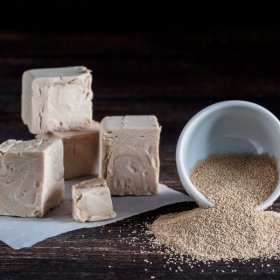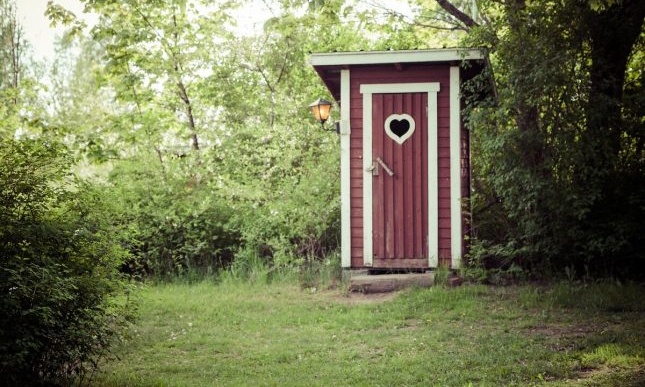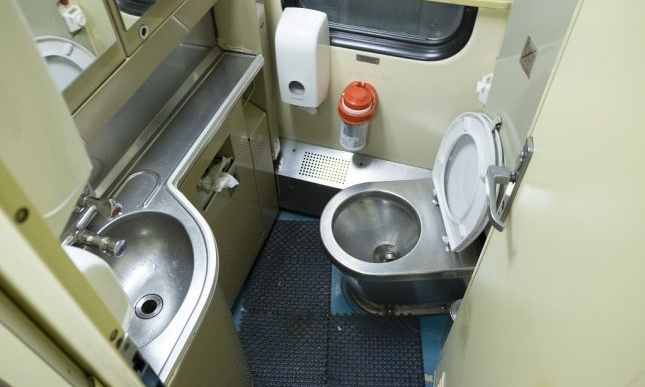What happens if you throw yeast in the toilet

From childhood we were scared by various horror stories related to the toilet: do not go there at night, do not wash paper. And what happens if you throw yeast into the toilet? And is it worth it to start such an experiment?
Yeast in the toilet: what consequences to expect
Results depend on many factors. The key point is the type of toilet. A needy standing on the street will behave very differently than that installed in a train or an apartment building.
City toilet
For a toilet in a comfortable apartment, yeast is not terrible. There is no temperature required for the reaction. If you contrive, ask it and support it, and also do not wash off the excrement, you will be able to witness the bloating of the fetid masses. But they are more likely to go down the drain than to be on the floor of the room.
Rustic toilet
The experimental results depend on:
- time of year;
- amount of yeast;
- terms of cleaning the latrine.
If feces were pumped out for a long time, the summer is hot in the yard, and the experimenter has a large supply of baker's yeast in his hands, then in theory a fountain of sewage can be obtained. In practice, you need to take into account the volume of the cesspool. To "wake up" very deep and roomy - you have to spend money. One pack can not do.
Important! An average of 1–2 kg of baker's yeast is required per street toilet.
If you drop only 1 package, then the microorganisms will begin to actively multiply due to yeast, but the fetid mass will not reach the top - it will fall off earlier. In this case, the air will be filled with a strong repulsive odor. The stench of day 3-4 will last, then the needy for some time will cease to smell at all, and its contents will cross and by consistency will become closer to humus.
Train toilet
From the now obsolete model, consisting of an exhaust manifold, a stainless steel toilet bowl, pedals and dampers, the yeast will simply fall onto the sleepers. In the case of a dry closet, the situation is not so clear. If we are talking about a design like Biolan - a waste collection tank is connected to the toilet usual for the train - then, most likely, an emergency will occur. They will call it: the limited capacity of the container and the fact that the toilet itself was not originally equipped with a waste container.
Well, in a real dry closet, a bar of yeast simply does not fit. The toilet is equipped with a very narrow drain, through which even soap will not squeeze. If you use baker's yeast, then you will need a lot of them and the result of the experiment will depend on what tool for dry closets and in what quantity is used. Such chemistry in theory should “drown out” any reactions, but in practice this does not always happen. Therefore, there is a risk that the yeast will nevertheless act as a stimulator of the growth of microorganisms, which will entail a swelling of feces and excessive pressure on the walls of the waste container.
At the same time, you need to understand that just the poured contents of the bag may not reach the reservoir with feces. It will dissolve in the drain water, which the toilet then pumps out and redirects to a tank separate from the feces - this is the principle of the restroom in the train.Therefore, an emergency is possible only if the yeast is poured directly onto still fresh unrefreshed feces and has time to react with them.
Important! You should not experiment with yeast in the toilet of the train - if an emergency occurs, the culprit will be landed at the nearest station at best, and at worst brought to administrative responsibility.
The consequences of yeast entering the toilet in most cases are so serious that it is worth abandoning the idea of such an experiment. Even if the excrement does not begin to beat with a fountain, the air will still be filled with methane. And this gas is dangerous. One spark or attempt to light near a source - and an explosion may follow.





